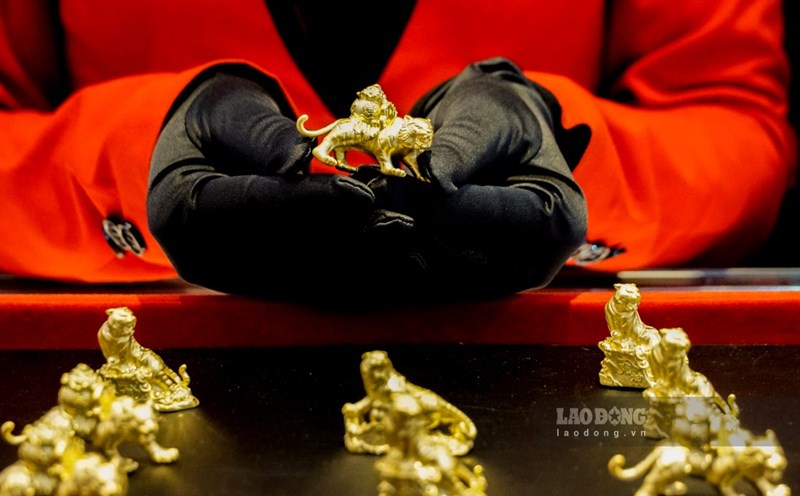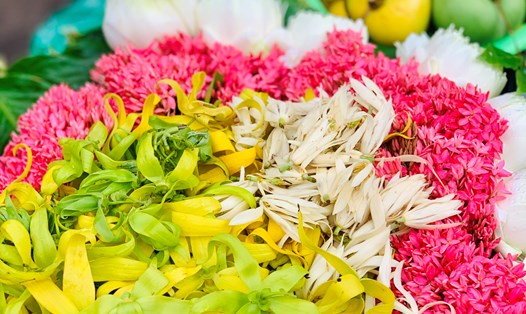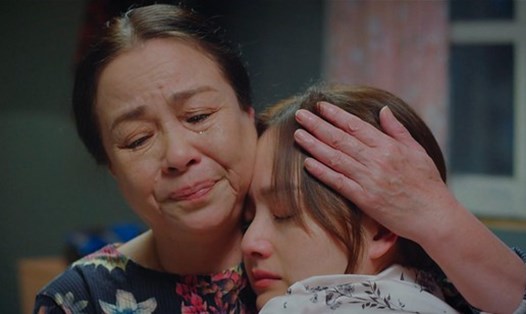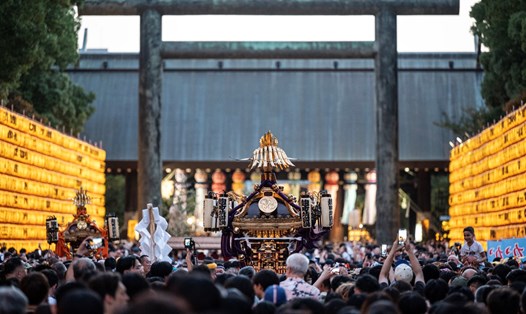On the social network Facebook, friends post pictures of making cakes, listen to phone calls from relatives from home calling to celebrate Tet, all of which make the taste of July Tet rush back to my heart. older sister. For Ms. Phuong Nga, when mentioning the culture of the Nung and Tay people in general and the July Tet holiday in particular, it reminds of the image of a grandmother - a grandmother who is diligent, hard-working and always sacrifices herself for her family. .
Every July New Year, she prepares the ingredients to make cakes, the cakes she makes with all her love for her loved ones. When she was growing up, every time she remembered her hometown, the image of her grandmother appeared clearly in her mind, making her love the land of Binh Gia even more, and she realized that she made many cakes not only to eat but also to remind her children. You must learn to love your ancestors' culture. Now, even though I have grown up, "...have traveled far, there is the smoke of a hundred ships, the fire of a hundred houses, the joy of a hundred directions, but I still never forget to remind..." (Poem Fire Stove by Bang Vietnam), every July, I return to my homeland to immerse myself in the warm atmosphere of my homeland.
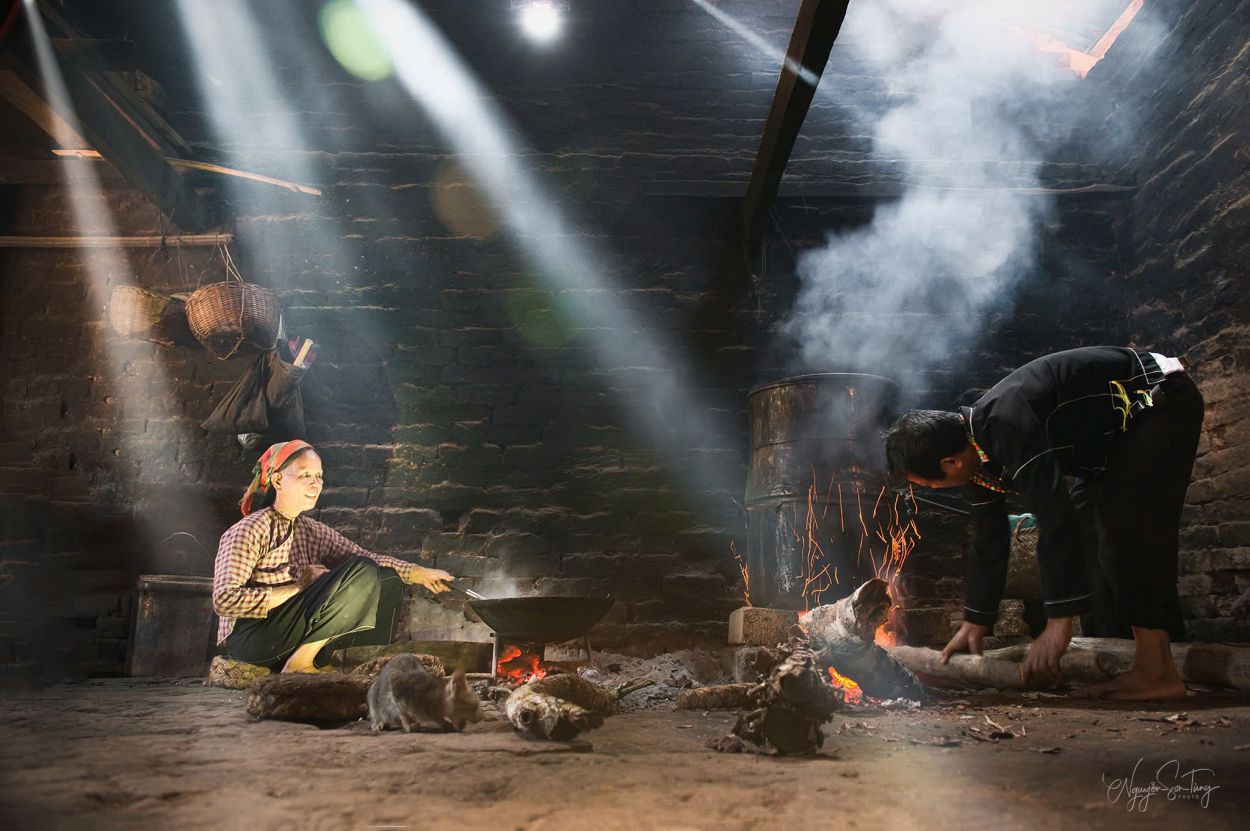
Currently, even though she lives and makes a career in Hanoi, Ms. Nga still keeps the habit of bringing her husband and children back to her hometown of Lang Son every year for the July New Year. She did this not only to visit her parents and show filial piety to her ancestors, but also to let her husband and children understand and feel the value of her homeland's Tet holiday. She said that preserving and promoting the July Tet tradition is not only a personal responsibility but also a contribution to protecting national culture. July Tet is not only a holiday but also an opportunity for each of us to deeply feel the traditional cultural values of our nation.
The July Tet holiday of the Nung and Tay people in the Lang Son region is considered the second biggest Tet holiday of the year, only after the Lunar New Year. People often say: "Strive for gong zebra so hat, strive for slíp slí", meaning "January the first day and July" the fourteenth day, are the two most important holidays of the year. This is an opportunity for children and grandchildren to remember their ancestors, show filial piety and return to their families.
In the beliefs of the Nung and Tay people, July is not a lonely month like in the beliefs of some other ethnic groups. On the contrary, this is a time to remember deceased ancestors and show filial piety and respect. On July 14, offerings to ancestors often include duck meat, vermicelli, votive offerings (paper clothes, paper money), wine, incense... According to researcher Hoang Viet Binh - Lang Provincial Cultural Center Son: "The custom of offering ducks comes from a story about the rainy month of July, the level of the Milky Way River rose, the chicken could not cross the river to bring offerings to the ancestors, so people offered ducks, because ducks can carry offerings and especially votive papers (clothes) across the river." Folks call the duck offered during the July New Year "pet tha y", meaning the duck carries clothes (votive offerings) and offerings.
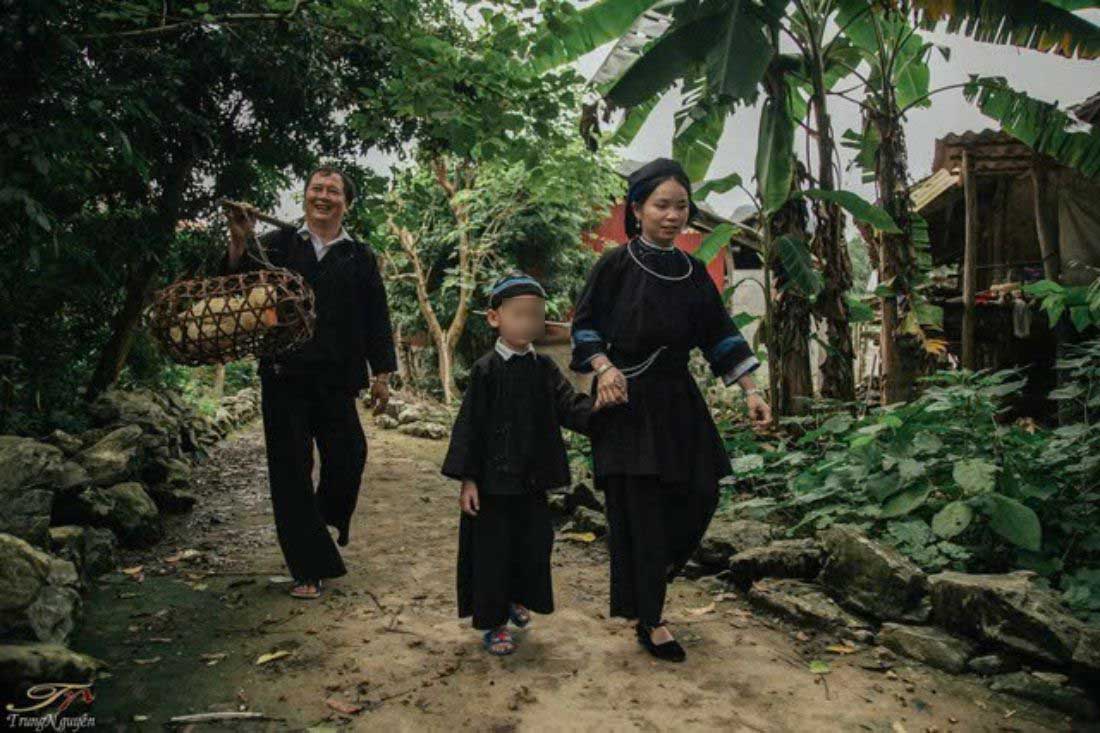
July Tet is not only an opportunity to show filial piety to ancestors, but also an opportunity for married girls to return to their mother's house and perform the "paying off" (Tet) ceremony. Many localities of the Nung and Tay people celebrate Tet on July 14, and some places celebrate Tet on July 15. Tet offerings, depending on the locality, usually include one or two ducks, candies, and fruits. and many other dishes. This is the time for children and grandchildren to gather with family, bake cakes, take care of their parents and talk, tightening relationships and strengthening community relationships.
The July New Year of the Nung and Tay people is not only an important holiday but also the cradle for Nung and Tay culture to exist and develop. Protecting the July Tet is protecting cultural diversity and preserving the soul of the Nung and Tay people in today's globalized society. That is how the Nung and Tay people, no matter where they live and make a career, will always be "needy", thereby spreading and letting their culture endure.






